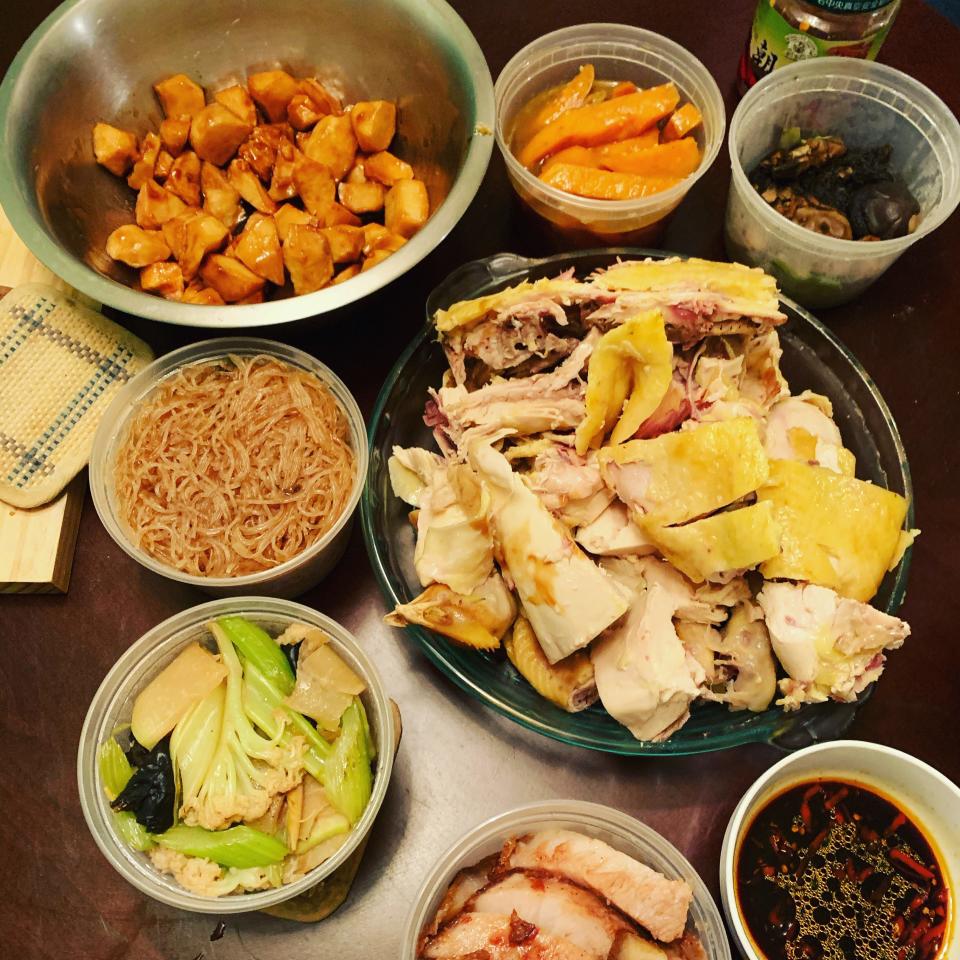The Lunar New Year is Feb. 1. Here's what you need to know about celebrating
According to Qin legend, 2022 entails a new year for the Chinese Tiger.
The Tiger is the third of the 12-year cycle of animals which appear in the Chinese zodiac related to the Chinese calendar. Known as kings of all beasts in China, the Tiger (and those born in a Tiger year) demonstrates leadership, strength, and goal-ridden assertiveness.
The Chinese lunar cycle, zodiac and calendar come together to celebrate Chinese New Year starting Feb. 1, although festivities can last for several weeks.
'Twiplomacy': What the Russia-Ukraine conflict can teach us about diplomacy in the age of social media
A table for one: He came into her restaurant twice a day, without fail. Then, he was gone.
The New Year celebration is built around giving appreciation and honor to ancient protectors of China. Those celebrating show this through many specific traditions and symbols: Jie Cai Cheng, in which businesses set off firecrackers as they believe it will give them wealth and success; Yuan Xiao Jie, in which all types of lanterns are lit throughout the metropolitan cities in China marking the end of the New Year (but many families do similar rituals in their homes).

Red envelopes called “hong bao” in Mandarin are filled with money and generously given to younger children or those unmarried without a job. The gifts (and the color red) symbolize wealth and abundance for the upcoming year.
Similarly, many know of how the dragon symbolizes the Chinese New Year. Dragon dances, parades, and buttons are all in recognition of prosperity and good fortune.
The Chinese New Year is also celebrated in the form of traditional foods. Families rotate celebrations between each other, so most end up cooking numerous meals for their relatives. Eight Treasures Rice, Tang Yuan, Song Gao, and Jiu Niang Tang are all traditional dishes including rice, pork, chicken, and sweet wine that are commonly served.
Chinese New Year traditions are a way of connecting family through generations and keeping the Chinese culture alive. Many families choose to stay inside with relatives, especially given the spread of COVID. Other observers (or those who want to honor the holiday although they don’t personally celebrate it) enjoy going out to eat to an authentic Chinese business.
My favorite happens to be Ming’s in Hatboro, a Chinese restaurant with Korean influence. Philadelphia has more popular, authentic restaurants: East Lake Chinese Restaurant, and The Chubby Cattle are each family owned businesses known for their quality food (although there are plenty more).
Learning about how cultures celebrate their traditional holidays is always fascinating. But appreciating them is even better: As Chinese New Year approaches, consider how you may want to observe and respect it as well.

Rebecca Yost is a junior at William Tennent High School. She enjoys playing the guitar and also has been playing the violin for eight years. She is one of nine siblings.
This article originally appeared on Bucks County Courier Times: Year of the Tiger on the Chinese lunar calendar starts Feb. 1

